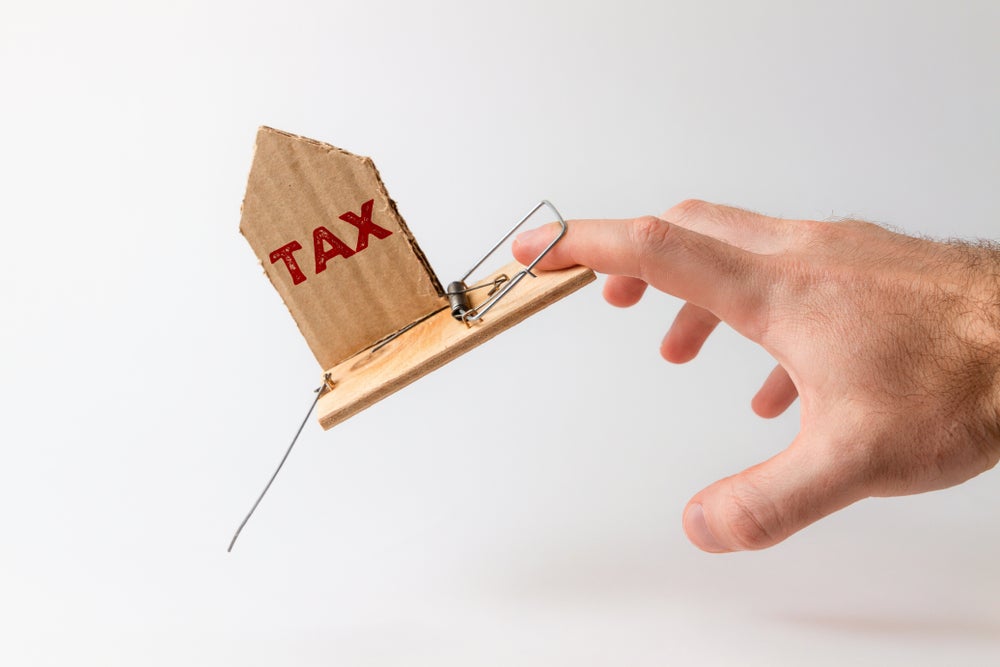With contenders to replace Theresa May as UK Prime Minister now officially throwing their hats into the ring and revealing some of their policy proposals, conservative leadership candidate Boris Johnson MP has revealed plans for a tax cut for higher rate 40% taxpayers in the UK. However, the proposal may not be as generous as it appears on face value, says accounting and tax advisory firm Blick Rothenberg.
“The current point at which someone pays 40% tax is £50,000 ($63,350). Under Boris Johnson’s proposal, this threshold would increase to £80,000 ($101,360),” said Nimesh Shah, a partner with Blick Rothenberg, adding: “Boris Johnson has referred to ‘fiscal drag’ as his rationale to increase the present threshold. He wouldn’t be far wrong – in 2009/10 (the last tax year of the Labour Government), a person would need to earn over £43,875 before they paid income tax at 40% i.e. personal allowance of £6,475 plus the basic rate tax band of £37,400.
“Therefore, over the last 10 years, the point at which someone pays 40% income tax has only increased by £6,125 (or just over £600 per year). If you were to factor in wage inflation during that 10 year period, it is likely that more people have been dragged into 40% tax, despite the limit increasing to £50,000 more recently. This does not take into account the clawback of child benefit, which was introduced in 2013, which further reduced a family’s net take-home pay.”
There are, of course, no details to Johnson’s proposal at this stage and a crucial aspect would be alignment of the National Insurance threshold, which would mean the overall net benefit for workers would be considerably lower.
Shah said: “Ignoring any changes to the National Insurance threshold, the benefit of increasing the higher rate threshold to £80,000 would be £6,000 per annum (or around £115 per week). If the National Insurance threshold were to align, that benefit would be reduced to £2,400 per annum (or around £46 per week). This would essentially mean that those that don’t pay National Insurance (pensioners and those who live-off their investment income) would be the main beneficiaries.
“In my view a more equitable proposal would be to remove the clawback of the personal allowance, whereby a person loses their tax-free allowance by £1 for every £2 of income earned over £100,000. This creates an effective rate of tax of 60% between £100,000-£125,000. This has been a facet of the UK’s personal tax system for nearly 10 years, and creates significant frustration for taxpayers as well as many considering it be totally unfair.
How well do you really know your competitors?
Access the most comprehensive Company Profiles on the market, powered by GlobalData. Save hours of research. Gain competitive edge.

Thank you!
Your download email will arrive shortly
Not ready to buy yet? Download a free sample
We are confident about the unique quality of our Company Profiles. However, we want you to make the most beneficial decision for your business, so we offer a free sample that you can download by submitting the below form
By GlobalDataOne further consideration that should be taken into account is whether the threshold for the additional rate of tax (45% since 2013) should increase beyond £150,000. This threshold has not increased since the introduction of the additional rate of tax then at 50% in April 2010.





